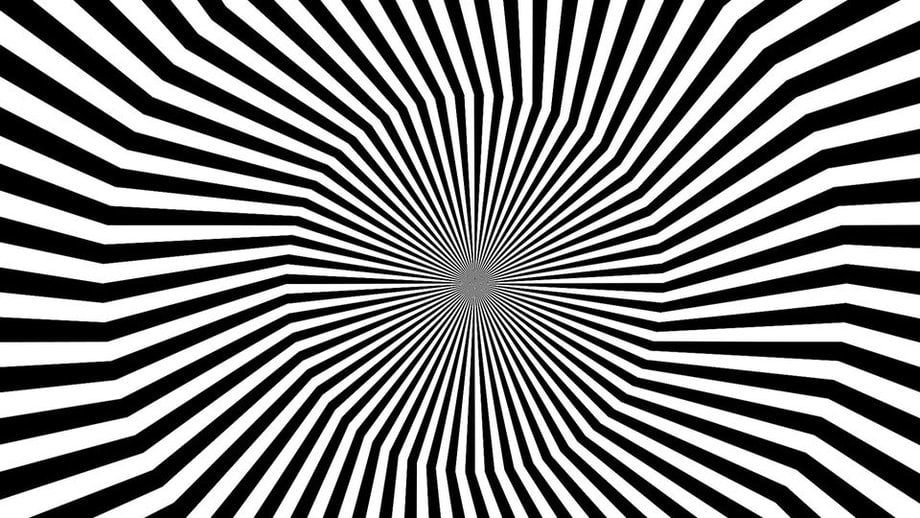Can Hypnosis and Guided Imagery Induce Better Sleep

This article aims to explore the potential of hypnosis and guided imagery in inducing better sleep.
By understanding the science behind sleep and the influence of these techniques on sleep patterns, we can examine the benefits they offer in terms of improving sleep quality.
Additionally, we will delve into the various techniques that can be employed to enhance restfulness and overcome insomnia.
Through an objective and impersonal analysis, this article will shed light on the potential of hypnosis and guided imagery in promoting deep and rejuvenating sleep.
Key Takeaways
- Hypnosis and guided imagery induce deep relaxation and heightened focus, promoting better sleep.
- Scientific research supports the effectiveness of hypnosis and guided imagery in improving sleep quality.
- These techniques can reduce sleep latency, increase total sleep time, and enhance sleep efficiency.
- Hypnosis and guided imagery provide individuals with a tool to manage sleep disturbances and promote healthy sleep patterns.
The Science of Sleep: Understanding the Power of Hypnosis and Guided Imagery
The effectiveness of hypnosis and guided imagery in improving sleep quality is supported by scientific research.
Hypnosis is a technique that involves inducing a state of deep relaxation and heightened focus, allowing individuals to access their subconscious mind.
Guided imagery is a process where individuals imagine specific scenarios or images, creating a sensory experience in their minds.
Both hypnosis and guided imagery have been found to positively influence sleep by reducing stress, anxiety, and promoting relaxation.
Several studies have demonstrated the efficacy of hypnosis and guided imagery in improving sleep quality, including reducing sleep latency, increasing total sleep time, and enhancing sleep efficiency.
These techniques provide individuals with a tool to manage sleep disturbances and promote healthy sleep patterns, ultimately contributing to overall well-being.
Unlocking the Mind: How Hypnosis and Guided Imagery Can Influence Sleep Patterns
Unlocking the mind through specific techniques has been found to have an influence on the patterns of sleep. Hypnosis and guided imagery are two such techniques that have been studied for their impact on sleep. These techniques are believed to have an influence on dreams and promote a state of subconscious relaxation.
Research suggests that hypnosis can influence the content and frequency of dreams. It has been observed that individuals who undergo hypnosis before sleep report more vivid and emotionally charged dreams. This may be due to the heightened suggestibility and increased access to the subconscious mind during hypnosis.
Similarly, guided imagery involves using visualizations and mental imagery to induce a state of deep relaxation. This technique has been found to promote relaxation and reduce stress, which can positively impact sleep patterns. By guiding the mind towards positive and calming images, individuals may experience improved sleep quality and duration.
Overall, the use of hypnosis and guided imagery techniques may have a significant influence on the patterns of sleep, including the content of dreams and the level of subconscious relaxation achieved. Further research is needed to better understand the mechanisms underlying these effects and optimize their use for sleep improvement.
Exploring the Benefits: How Hypnosis and Guided Imagery Improve Sleep Quality
- Research has been conducted to investigate the effects of hypnosis and guided imagery on sleep quality.
- Various case studies have been conducted to explore the potential benefits of these techniques.
- Key findings from the research indicate that hypnosis and guided imagery can indeed improve sleep quality by promoting relaxation, reducing anxiety and stress levels, and enhancing overall well-being.
- The use of these techniques has been found to be particularly beneficial for individuals with sleep disorders or difficulties falling asleep.
- Furthermore, case studies have shown that hypnosis and guided imagery can also improve sleep duration and help individuals achieve a deeper and more restful sleep.
- Hypnosis and guided imagery promote relaxation.
- These techniques reduce anxiety and stress levels.
- Hypnosis and guided imagery enhance overall well-being.
Techniques for Better Sleep: Using Hypnosis and Guided Imagery to Enhance Restfulness
Utilizing specific techniques, such as the combination of mental visualization and deep relaxation, can contribute to the enhancement of restfulness during sleep. These techniques, such as hypnosis and guided imagery, have been shown to be effective in promoting deep sleep and enhancing relaxation. Hypnosis involves inducing a state of deep relaxation and heightened focus, allowing individuals to access their subconscious mind and make positive suggestions for better sleep. Guided imagery, on the other hand, utilizes vivid mental imagery to create a calming and soothing environment, promoting relaxation and reducing anxiety or stress that may disrupt sleep. By incorporating these techniques into one’s bedtime routine, individuals can experience improved sleep quality and wake up feeling more refreshed and rejuvenated.
Table:
| Techniques | Benefits |
|---|---|
| Hypnosis | – Deep relaxation |
| – Heightened focus | |
| – Positive suggestions for better sleep | |
| Guided imagery | – Calming and soothing environment |
| – Reduction of anxiety and stress | |
| – Enhanced relaxation |
Keywords: enhancing relaxation, promoting deep sleep.
Overcoming Insomnia: Harnessing the Potential of Hypnosis and Guided Imagery for Deep Sleep
The potential of hypnosis and guided imagery in overcoming insomnia lies in their ability to create a conducive environment for deep sleep and relaxation. These techniques can help individuals struggling with insomnia to achieve a state of deep relaxation, which is essential for a restful night’s sleep. Hypnosis and guided imagery work by calming the mind and reducing stress and anxiety, which are common contributors to sleep difficulties. Moreover, these techniques can help individuals develop positive sleep associations and reframe negative thought patterns that may be interfering with sleep. By harnessing the power of the mind, hypnosis and guided imagery offer a holistic approach to overcoming insomnia and promoting deep, restorative sleep.
- Hypnosis induces a state of deep relaxation by guiding the individual into a trance-like state.
- Guided imagery involves visualizing peaceful and calming scenes to promote relaxation and sleep.
- Both techniques can help individuals develop positive sleep associations and reframe negative thought patterns.
Frequently Asked Questions
Is Hypnosis Safe for Everyone, Including People With Certain Medical Conditions or Mental Health Issues?
The safety of hypnosis for individuals with medical conditions or mental health issues is a topic of concern. Research on the effects of hypnosis on mental health and medical conditions is needed to determine its safety and efficacy in these populations.
Can Hypnosis and Guided Imagery Be Used as a Long-Term Solution for Chronic Sleep Problems?
The long-term effectiveness of hypnosis and guided imagery as alternative treatments for chronic sleep problems is currently under investigation. Further research is needed to determine their efficacy and potential benefits in improving sleep quality.
Are There Any Potential Side Effects or Drawbacks to Using Hypnosis and Guided Imagery for Sleep Improvement?
Potential risks and drawbacks of using hypnosis and guided imagery for sleep improvement include limited scientific evidence, individual variability in response, and lack of long-term effectiveness assessment.
How Long Does It Usually Take to See Noticeable Improvements in Sleep Quality With Hypnosis and Guided Imagery?
The improvement timeline and success rates of hypnosis and guided imagery for sleep quality are variable and dependent on individual factors. Further research is needed to determine the average duration and efficacy of these interventions.
Are There Any Specific Guidelines or Recommendations for Incorporating Hypnosis and Guided Imagery Into a Bedtime Routine for Better Sleep?
Incorporating hypnosis and guided imagery into a bedtime routine involves following best practices and employing recommended techniques. These may include establishing a relaxing environment, using appropriate scripts or recordings, and practicing regularly for optimal results.









